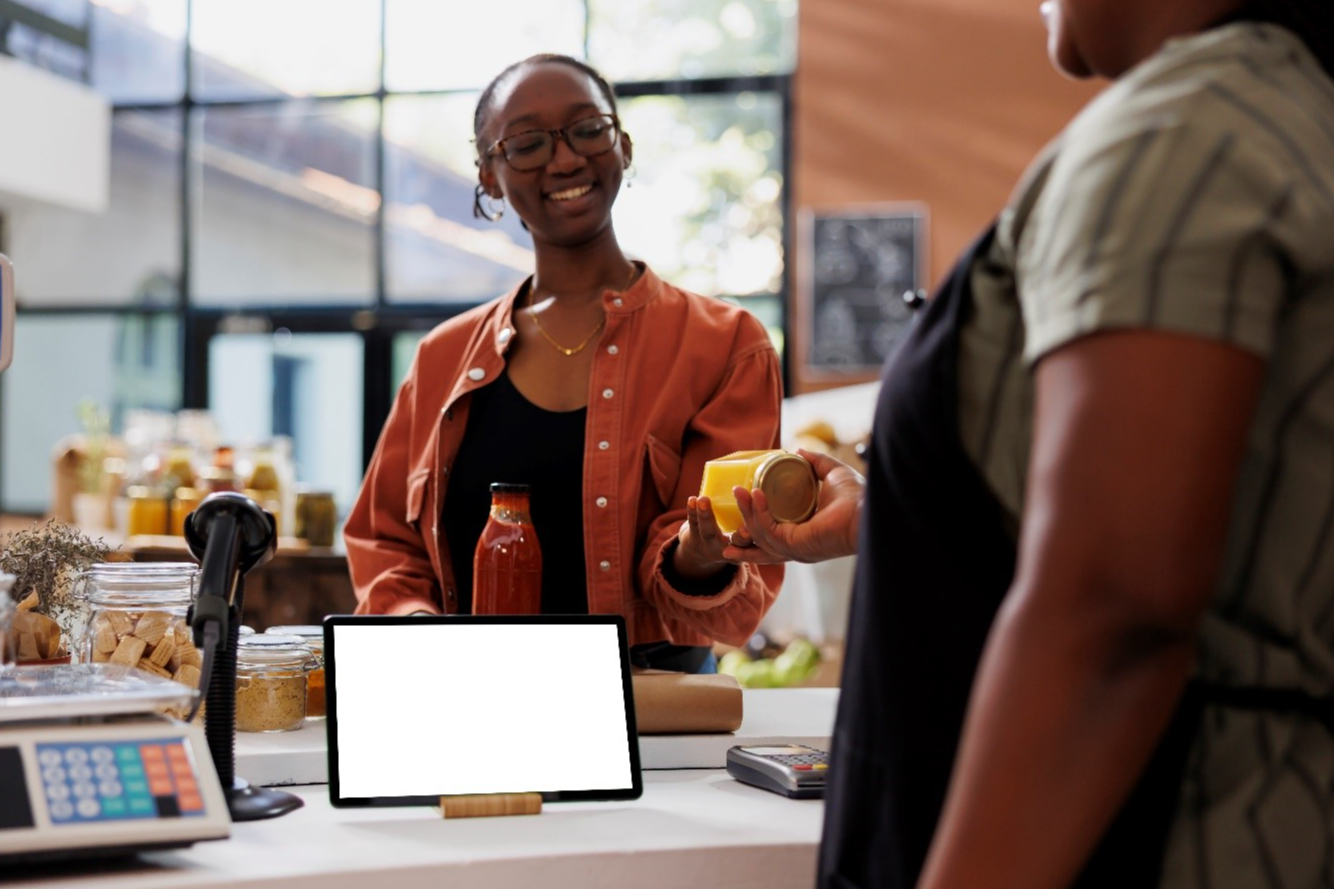|
Item description
|
Check if done
|
|
Research the event:
-
- Understand the event’s target audience, products/services being showcased and any special events (such as speakers or dinners).
- Create an effective marketing strategy based on this information.
|
|
|
Set clear goals and objectives:
-
- Define what you want to achieve (e.g., brand awareness, lead generation, sales).
- Use these goals to guide your decisions during and after the event.
|
|
|
Budget allocation:
- Consider all costs associated with attending (booth space rental fees, promotional materials, giveaways, travel expenses). Collaborate with the event’s organizing team to compile the required budget for the company’s participation and should include:
-
- Cost of local upkeep in the target country
- Air fare options
- Hotel costings
- Cargo freighting options
- Consignment address in target country
- Clearance cost options etc
- Visa fees
- Travel health documents/certifications required e.g., Yellow Fever Vaccination, Covid Vaccination etc.
- Medical travel insurance
- Have your money exchanged to the destination’s market currency before hand.
- Allocate funds in advance to avoid surprises and ensure that all travel documents such as passports, visas and travel insurance are up to date.
|
|
|
Undertake necessary preparations and reservations concerning:
- Requirements for consignment and clearance of exhibits such as exhibits packing list, invoices, Air Waybill / bill of lading (where necessary)
- Hotel bookings and reservations for each company team member
- Reservations for travel tickets
- Processing of a travel visa
- Procurement for a medical travel insurance
As an exhibitor, ensure you carry your:
- Company profiles
- Product catalogues highlighting your product prices
- Business cards
- Business transaction form
|
|
|
Booth design and layout
- Design an attractive and functional booth layout that reflects your brand identity and showcases your products or services effectively. Arrange for booth construction, signage, displays, lighting and furniture rental as needed. Ensure that all necessary booth materials and equipment are packed and ready for shipping.
- Choose the Right Booth Space:
Consider size, location, lighting, and access.
Opt for a space that aligns with your needs.
- Design Your Booth Layout:
Aim to draw attention and leave a lasting impression.
Use eye-catching visuals (banners, displays) and product images/logos.
|
|
|
Promotional materials and giveaways
- Marketing collateral: Prepare promotional materials such as brochures, flyers, business cards, product samples and branded merchandise (pens, notepads, USB drives).
Consider translating marketing materials into the local language of the event if necessary.
- Prepare giveaways: Useful and memorable items (tote bags, keychains, stress balls). Ensure they align with your brand and resonate with attendees.
|
|
|
Staffing Your Booth
- Select your team: Select and train staff members who will represent your company at the event, ensuring they are knowledgeable about your products or services and prepared to engage with attendees effectively. Train them on your products/services and key talking points.
- Dress code and professionalism: Dress appropriately (branded attire if possible). Maintain a professional demeanour. Arrive early to the event venue to set up your booth and conduct a dress rehearsal to ensure everything is in place and functioning properly.
|
|
|
Engagement and interaction:
Engage with visitors proactively, answer their questions, and provide product demonstrations or samples as appropriate.
Collect contact information from leads and prospects for follow-up after the event.
|
|
|
Networking and relationship building:
Take advantage of networking opportunities to connect with industry peers, potential buyers, and partners.
Attend seminars, workshops, and networking events organized as part of the trade fair to expand your knowledge and network.
|
|
|
Collect leads and contact information:
-
- Use lead capture tools (scanners, forms) to gather attendee details.
- Categorize leads based on their level of interest.
- Organize and prioritize leads collected during the event for follow-up.
- Follow up promptly with leads through email, phone calls, or meetings to nurture relationships and convert prospects into customers.
- Update your customer database and sales pipeline with new leads.
|
|
|
Thank You Notes and Networking:
-
- Send thank-you note to contacts you met at the event, expressing appreciation for their time and interest.
- Continue to nurture relationships with new contacts through ongoing communication and networking efforts.
|
|
|
Feedback and Evaluate Your Performance:
-
- Debrief and gather feedback from your team members and evaluate the success of your participation in the event against your objectives and your pre-defined goals.
- Identify and document lessons learned, areas for improvement and best practices to inform your strategy for future trade fair participation.
- Evaluate the return on investment (ROI) and plan for future events accordingly.
-
|
|
|
PS:
- Pack and ship exhibition materials back to your home base.
- Settle any outstanding invoices or payments related to the event.
|

